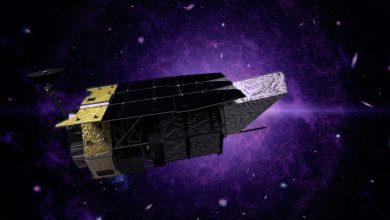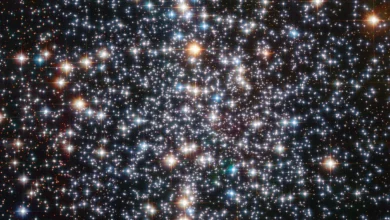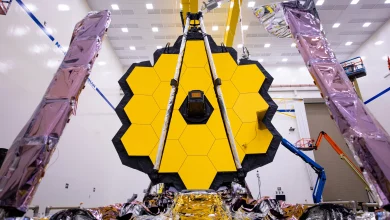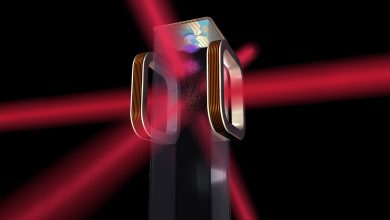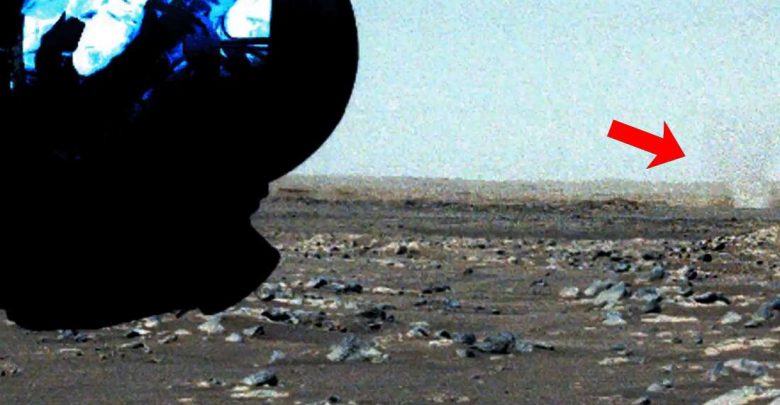
While Perseverance is flexing and testing out various pieces of equipment in preparation for the start of its science mission to explore and search for signs of ancient life on Mars, it’s already started sending back some exciting data.
Not long after landing, NASA’s Perseverance rover used a microphone to listen to the wind on Mars. Now it’s also gotten an eyeful of what that wind can do. On Tuesday, NASA shared the rover’s view of a whirling dust devil making its way across the Martian landscape.
Even while not working, it’s still managed to capture images and data from Mars’s surface that give a wealth of information to the rover team back home on Earth about conditions on the arid planet.
This latest is Perseverance’s first sighting of a dust devil, caught whirling across the dusty ground behind its robotic arm, after just 26 sols (Mars days). For context, it took Opportunity 7 years to catch its first. Sent back to Earth for some processing, the result is this nifty little gif of the devil spinning into view from the right, creating whirlwinds of dust in its path.
The Perseverance team posted two GIFs on social media, one showing a wider look and one showing a zoomed-in view.
See the zoomed-in view of this dust devil on Mars. pic.twitter.com/4ILDqoejZ8
— NASA’s Perseverance Mars Rover (@NASAPersevere) March 16, 2021
“You can see it in the distance behind my robotic arm in this enhanced/processed view,” NASA wrote. “The dust devil is moving right to left and creating whirlwinds of dust in its path.”
Dust devils form from rising pockets of warm air. The air nearer the ground can heat up due to contact with the warm soil that has been heated up by the Sun’s rays. Warm air is less dense than cool air, so rises above it, forming an updraft. if conditions are right, that updraft may start to rotate. As more air rushes in to replace the warm air rising, it creates a vortex that spins. The spinning combined with surface friction can produce a forward momentum, which is why you often see them zipping across the ground.
Dust devils happen on both Earth and the Red Planet. These spinning air columns are made visible from the dirt they kick off the ground. On Earth, usually dust devils form on clear days when the ground picks up a lot of heat from the sun. Under the right circumstances, heated air close to the surface may start rotating while it rises through small segments of cooler air farther up.
Perseverance only landed on Mars on Feb. 18 and has spent roughly 25 Red Planet days, called “sols,” on the surface.
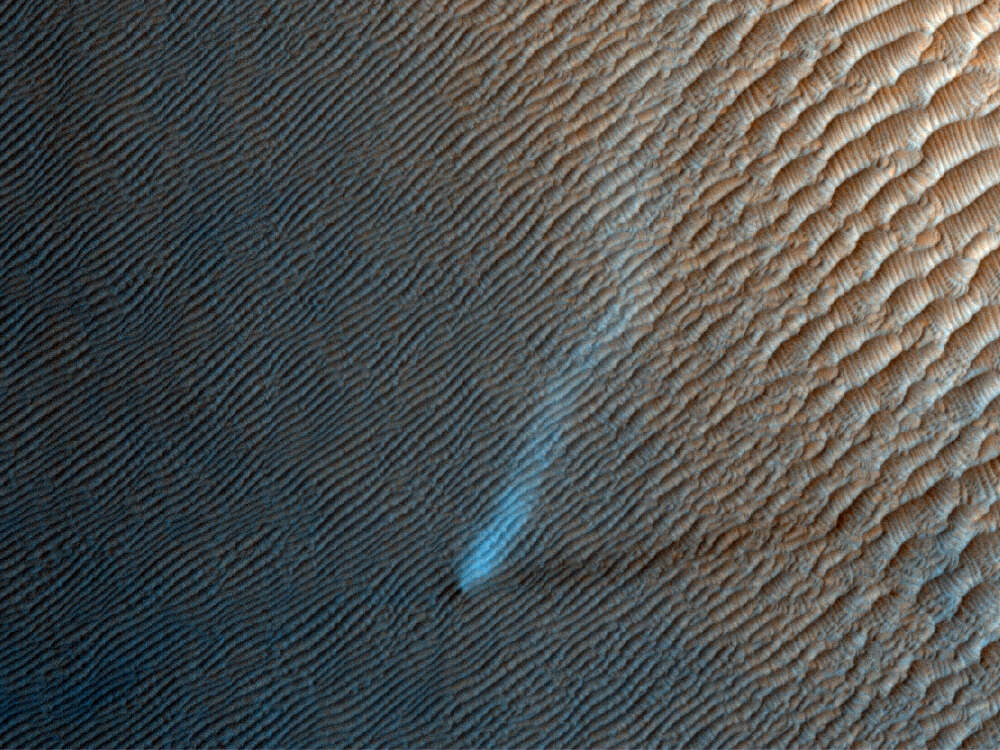
There are certain conditions that increase the likelihood of dust devils occurring, and Mars has them all. Flat, barren terrain increases the chances of the hot air above ground, while dust helps make the devil visible. The surface needs to be able to absorb plenty of the Sun’s heat to heat the ground, and as Mars has a very thin atmosphere, so there’s not a lot protecting it from the Sun’s rays. And finally, a cool atmosphere helps create an extreme difference between surface-heated warm air and cool air.
Being able to study dust devils on Mars gives researchers all sorts of clues on atmospheric conditions there, like wind direction and speed. They also periodically cleanse the surface of the top layer of dust and dirt that falls from the atmosphere, perfect for any rovers in need of a brush off of their own layers of dust.
Dust devils on Mars are much bigger than the ones that occur on Earth. They can reach up to 8 kilometers (4.97 miles) high, creating paths hundreds of meters wide and stretching for several kilometres. This means they can throw up dust high into the atmosphere, which scientists can study to understand the effect of these phenomena on Mars’s climate over time.
Mars is approaching aphelion, when it is farthest in its orbit from the sun, but it’s clear that solar energy is still strong enough to create dust devils. And scientists have seen aphelion dust devils before: During the 2012 aphelion, the Mars Reconnaissance Orbiter spotted a relatively colossal dust devil at 2,600 feet (800 meters) in height and 98 feet (30 meters) in diameter. That spacecraft’s High Resolution Imaging Science Experiment (HiRISE) camera even spotted a swarm of dust devils in 2015.
In fact, spacecraft as old as the Viking missions of the 1970s have seen dust devils. But because the phenomena are fleeting, missions sometimes have to wait many years to spot one. NASA’s Opportunity didn’t see a dust devil until 2010, about seven years into its mission. Its twin rover, Spirit, captured an incredible video of dust devils racing across the surface in a group in 2005, about two years into the duo’s Mars Exploration Rover mission.

